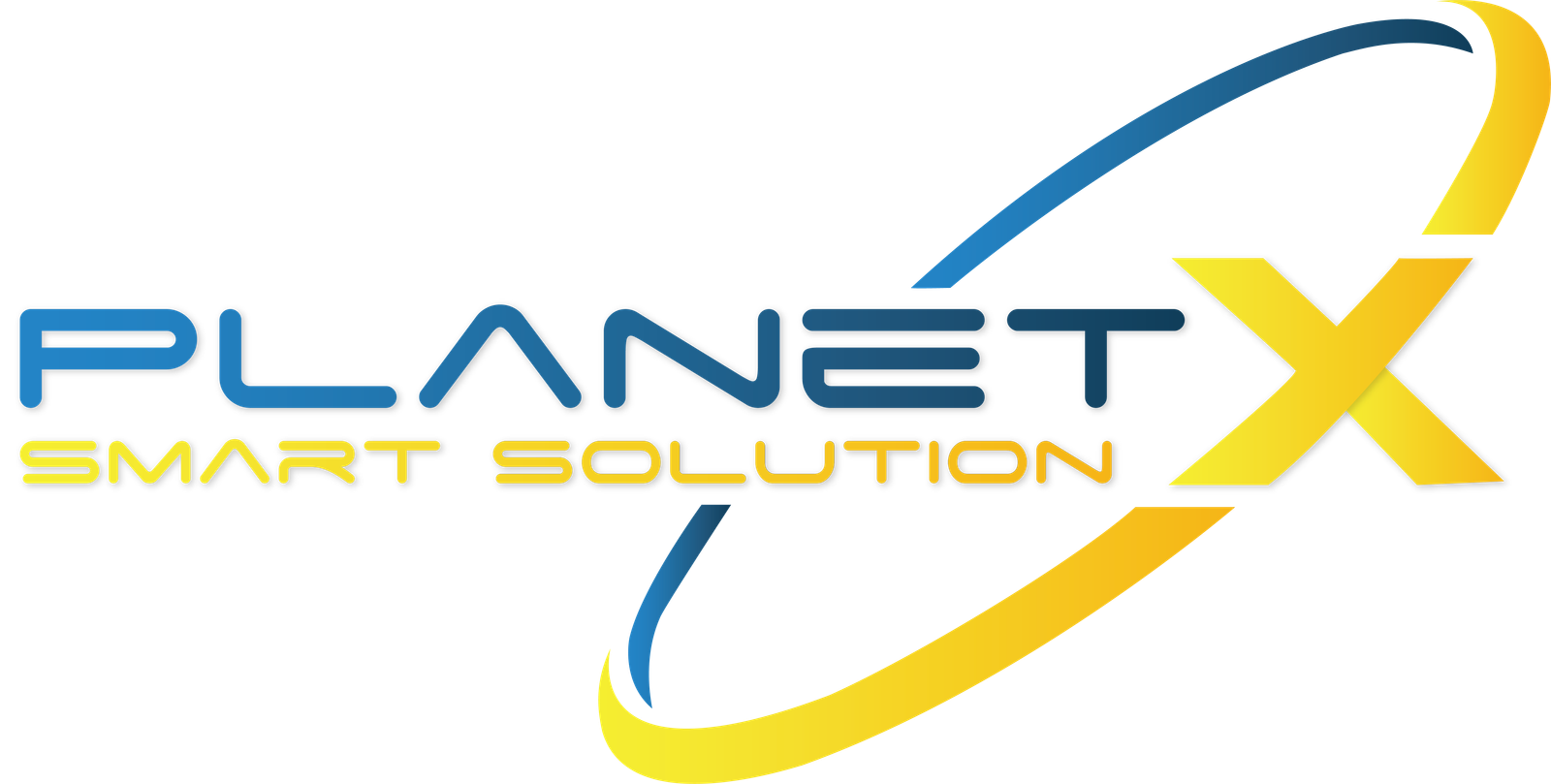TRACKING TRAFFIC AND POLLUTION
The Great Smog of London, as it was called, that occurred in the early 1950s, was one of the first instances of mass awareness of air pollution and its effects on health. The month-long pollution cloud has since been called the worst case of air pollution in the UK’s history. This wasn’t the first time, however, that pollution and air quality were concerns in the British capital, with the Industrial Revolution of the 18th century starting the campaign for a cleaner environment.
But it is only in the past few decades that the technology has become available to effectively monitor and counter pollution. This has taken the form of indoor and outdoor sensors, including handheld and wall-mounted wall sensors.
How is pollution tracked
Several steps can be taken to track how pollution is affecting our everyday lives, and monitor the movement of pollution in the atmosphere. Satellite instruments located in outer space can be used to look down on the earth’s atmosphere to pick up traces of gases such as hydrocarbons, nitrogen oxides and CFC gases.
Satellites can be used to create a vertical profile from the ground up to show us where the sources of pollution are, and how they move once airborne. They also allow us to map out their movements and project where high pollution levels may occur.
This type of monitoring allows us to track the various concentrations of trace gases and to create 3D pollution maps. These maps allow us to see the various altitudes of the potentially harmful pollutants which can react with other atmospheric gases to produce damaging pollution.
Such satellite information has the potential to help humans put in place effective environmental regulations that help better protect the environment. With this level of information coming in, we can pinpoint the major culprits of this global pollution, and set the basis for reliable air quality warnings.
Tracking Traffic
In the UK, for instance, the Automatic Urban and Rural Network provides hour-by-hour tracking of air quality on the country’s roads. This system is currently only located at 171 fixed monitoring stations around the country, meaning large tracts of the UK are not being tracked, with the system’s costs being a major contributor to its small scale.
More recently, however, the British city of Chester has integrated Internet of Things (IoT) technology into its traffic system, where air quality has been combined into the local authority’s traffic management control system. This innovative new system saw a link made between low-cost wireless sensors that made up a network of air quality monitoring systems with the traffic management system in Chester city center. The system has been designed to pick up on and ease “hot spots” due to traffic congestion.
With this system in place, there is greater scope for a more cost-effective network of RFID-based sensors that can be installed at salient points in a traffic management system. This could be at traffic lights or attached at intervals on street lighting. With this system in place, the sensors would pick up data on traffic conditions and general pollution levels during the course of the day. The data would then be sent through to a centralized central platform at the local authority’s headquarters, which could then be turned into effective measures to protect the environment.
On the level of monitoring traffic moving using road systems, low-cost sensors are now making an appearance, monitoring the movement of vehicles throughout the day. With the increasing numbers of car owners contributing to traffic congestion and exhaust output, there is little doubt of the increasing risk that the pollution is affecting human and environmental health. Added to this the input from industrial pollution and other items, and the need for strict monitoring and control of pollutants is needed.
The same context of monitoring can be used for waste product deposits released into the sea, either through sewage deposits or through maritime traffic. Using the latest in ocean color instruments, we can detect the levels of pollution along coastal zones, picking data on water quality, pollution run-off and flows of sediment.
Evidence of oil slicks and their movement with the sea’s currents can also be tracked over time, picking up data on how they affect marine life. The instruments used for this type of pollution detection are also designed to pick up levels of phytoplankton, which add to the overall picture of pollution in the sea.

